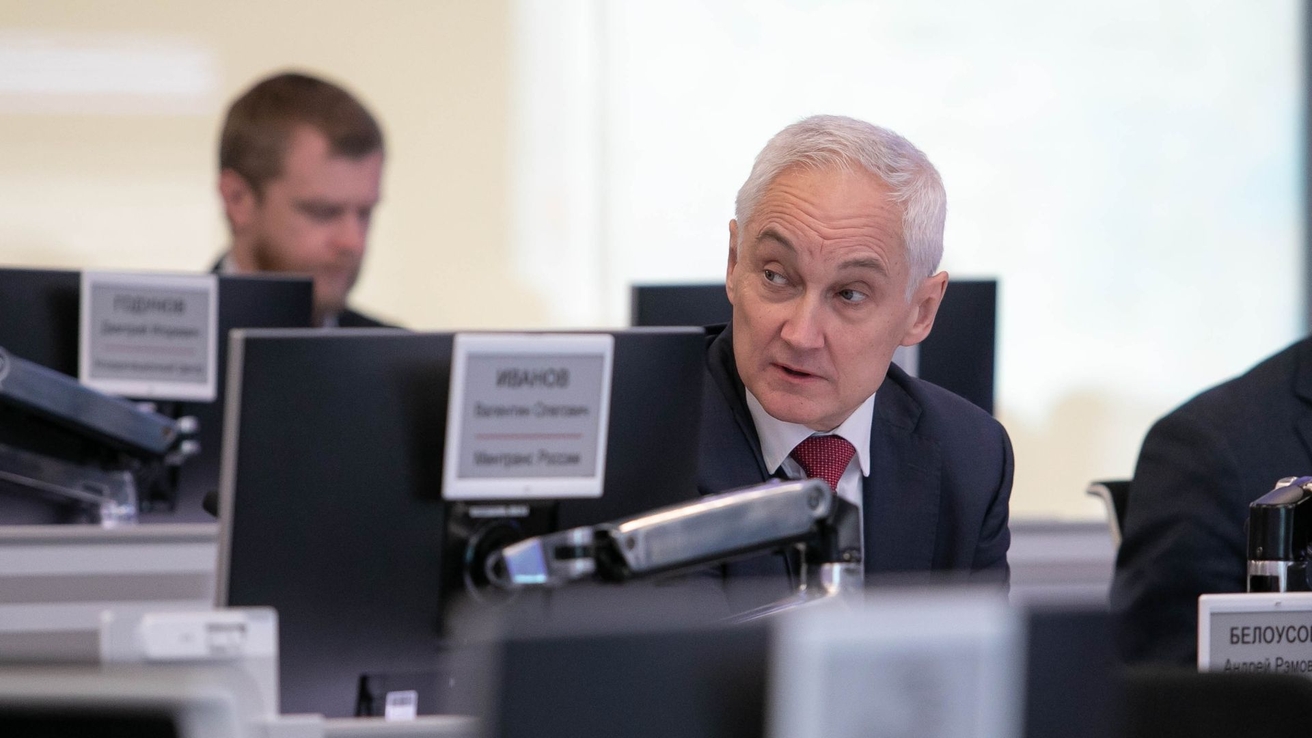
A network of transport and logistics centers is being created in 18 entities of Russian Federation. The project is being financed by private investments with the total amount exceeding RUB 140 billion, Deputy Minister of Transport Valentin Ianov said at the meeting of the headquarters for transport and logistics corridors held by Deputy Prime Minister Andrey Belousov.
According to the publication on the official website of RF Government, the meeting discussed the situation international transport corridors from the point of view of transport and logistics centers foreseen by the roadmap on the development of the North-South ITC and the corridors in the Azov-Black Sea and Eastern directions.
According to Valentin Ivanov, the key factor in the development of the TLC is the reorientation of container traffic. The current version of the project includes 30 TLCs including 21 centers already in operation. 19 of them will be upgraded to increase the capacity. 9 TLCs are planned to be built by the end of 2024 including 8 centers being designed and 1 at the final stage of construction. The Deputy Minister emphasized that all of them are located on the routes of transport logistics corridors.
In 2022, the capacity of all TLCs was increased to 3.6 million TEU. By the end of 2023, it is to be increased to 6.2 million TEU (+170% versus 2022).
Sergey Shishkarev, Chairman of Delo Group BoD, noted that amid the growing demand for the infrastructure services of the Eastern Polygon from container operators, it is important to create a clear and understandable mechanism for all market participants to ensure fair distribution of quotas for transportation through bottlenecks. Delo Group has joined hands with Russian Railways and other market players to work out a methodology for planning the transportation of containers from the Moscow hub to the Eastern Polygon. However, the norms of the methodology can be applied not only to the terminals of the Moscow hub but also to all railways from which containers are sent to the Eastern Polygon.
According to Alexander Kakhidze, Director General of Fininvest LLC, large TLCs will appear in Moscow and Moscow region, in Perm, Khabarovsk, Primorsky and Krasnoyarsk territories, Novosibirsk, Sverdlovsk, Kemerovo, Omsk regions by 2027.
The meeting also considered the current indicators of cargo transportation. The highest growth is being demonstrated by the ports of the Azov-Black Sea basin: in March, their throughput increased by 52%, year-on-year, to 28.4 million tonnes. The major growth was shown by grain and oil. Railway transportation in this direction also increased, + 7%, year-on-year, to 9.17 million tonnes in March. The main growth was also shown by grain and oil.
In the Caspian Basin, handling of cargo bound for the North-South ITC doubled in March 2023. Growth was shown in the segments of grain and ferrous metals. Railway transportation increased by 63% to 770 thousand tonnes. According to the Russian Ministry of Transport, transportation on all three branches of the North-South ITC using rail transport has doubled since the beginning of 2023.
In the eastern direction, the ports of the Far Eastern Basin increased their throughput by 18%. The highest growth was shown by coal, coke and ore. Eastward railways showed an increase f 32%: from 18.41 million tonnes in March 2022 to 24.2 million tonnes in March 2023. The growth was mainly shown by coal and ore.



